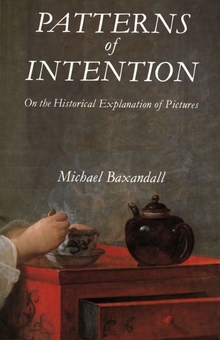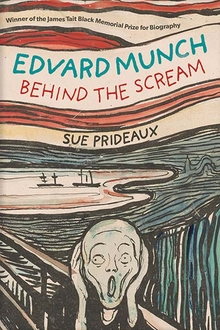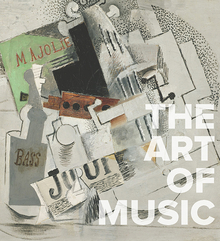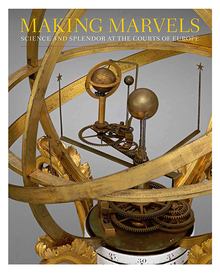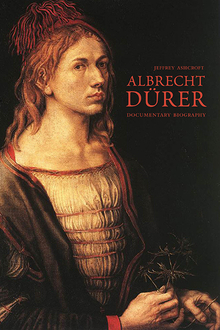Patterns of Intention
WARNING
You are viewing an older version of the Yalebooks website. Please visit out new website with more updated information and a better user experience: https://www.yalebooks.com
On the Historical Explanation of Pictures
Michael Baxandall

Read this book online via the A&AePortal, our art and architectural history eBook platform. To learn more about how to access this book, please contact us.
Out of Print
“This book deserves to be read with as much serious attention by philosophers as by art historians. Both sorts of reader will get much delight from it.”—Andrea Harrison, Times Literary Supplement
“An exemplary inquiry.”—Svetlana Alpers, New Republic
“This book is so conspicuously intelligent, and its exercises in criticism so involving, that it is a great pleasure to read.”—Mary Sirridge, Journal of Aesthetics and Art Criticism
“Baxandall’s arguments will attract art historians far more than the arguments put forth in most books on aesthetics.”—Nicholas Penny, London Review of Books
“[Baxandall] develops unusually detailed social histories of the development of particular artworks, giving special attention to problems of historical explanation.”—Chandra Mukerji, American Journal of Sociology
"Baxandall's arguments will attract art historians far more than the arguments put forth in most books on aesthetics."—Nicholas Penney, London Review of Books
"This engaging book . . . is, as its title suggests, as much a theoretical inquiry into the methodology of art history as an art-historical study of particular works. Michael Baxandall's topic is how to ascribe the right intentions to the makers of works of visual art, how to do this justly and in ways that are relevant to an understanding —his word is 'explanation'—the work. . . . This book deserves to be read with as much serious attention by philosophers as by art historians. Both sort of reader will get much delight from it."—Andrew Harrison, Times Literary Supplement
"Baxandall's book is a demanding but stimulating reminder that our eyes are as much instruments of habit as the rest of us and that what we think we know and see needs constantly to be made strange again."—John Spurling, New Statesman
"An important book for anyone who wants to think through the process of interpreting works of art."—Kenneth Baker, San Francisco Examiner-Chronicle
"An exemplary inquiry."—Svetlana Alpers, New Republic
"[Baxandall] develops unusually detailed social histories of the development of particular artworks, giving special attention to problems of historical explanation."—Chandra Mukerji, American Journal of Sociology
"This book is so conspicuously intelligent, and its exercises in criticism so involving, that it is a great pleasure to read."—Mary Sirridge, Journal of Aesthetics and Art Criticism
"Written with lively style and a light touch."—Alan Ward, Review of English Studies
"There is no other English art historian of his generation who is capable of delighting and instructing us in the same abundant measure."—Stephen Bann, Word and Image
"Baxandall's analyses are acute and singularly refreshing." —Salim Kemal
"[A] stimulating inquiry into the historical explanation of pictures, to increase the pleasure of anyone who looks."—Times of London (Literary Editor's selection)
"Baxandall passes on a wealth of professional wisdom."—Malcolm Warner, Journal of the Royal Society of Arts
"The stimulating triumph of these readable essays is to marry the individualism of the artist and the weight of the specific culture in which he worked. Here is real guidance to how to look."—Austin MacCurtain, Sunday Times
Publication Date: September 10, 1987
62 b/w + 4 color illus.

